Description
Octyl Hydroxamic Acid: A Versatile Reagent Revolutionizing Industry and Research
Octyl Hydroxamic Acid (OHA) has steadily risen to prominence as a critical component in various industrial and scientific applications. Its unique molecular structure and versatile properties have made it an indispensable tool for researchers, manufacturers, and environmentalists alike. This article delves into the chemistry, applications, and potential future of OHA, exploring why it has become a compound of choice across multiple disciplines.
Understanding Octyl Hydroxamic Acid
Octyl Hydroxamic Acid is an organic compound belonging to the hydroxamic acids family, which are characterized by the hydroxamic functional group (-CONHOH) attached to an alkyl or aryl chain. In the case of OHA, the hydroxamic group is attached to an eight-carbon alkyl chain (octyl group). This structure imbues OHA with a unique combination of hydrophilic and hydrophobic properties, enabling it to interact with both polar and non-polar substances.
Known for its excellent chelating ability, OHA forms stable complexes with metal ions. This property, along with its amphiphilic nature, has positioned it as a critical reagent in applications ranging from flotation processes in mining to corrosion inhibitors and even biomedical research.
Applications of Octyl Hydroxamic Acid
1. Mineral Processing and Flotation Reagent
The mining industry has long relied on OHA as a flotation reagent, particularly for the beneficiation of non-sulfide minerals such as cassiterite, ilmenite, and wolframite. Its effectiveness lies in its ability to selectively bind to the surfaces of target minerals, making them hydrophobic and allowing them to separate from undesired gangue minerals.
Compared to traditional collectors, OHA demonstrates superior selectivity and efficiency, which reduces the amount of reagent needed and minimizes environmental impact. As the demand for rare earth metals and other critical minerals grows, OHA is expected to play a pivotal role in making mining processes more sustainable and economically viable.
2. Corrosion Inhibitor in Industrial Settings
Metals used in construction, transportation, and other industrial applications are prone to corrosion, which can lead to costly damages and structural failures. OHA is often used as a corrosion inhibitor because of its ability to form protective layers on metal surfaces by chelating with iron, aluminum, and other metal ions.
In particular, industries that operate in challenging environments—such as oil and gas extraction or marine transportation—are increasingly adopting OHA-based inhibitors to protect critical infrastructure from harsh conditions.
3. Biomedical and Pharmaceutical Research
The chelating properties of OHA have caught the attention of researchers in the biomedical and pharmaceutical fields. Its ability to inhibit metalloproteins and interact with essential metal ions has led to investigations into its therapeutic potential, particularly in cancer treatment and antimicrobial applications.
Additionally, hydroxamic acids as a class have shown promise as histone deacetylase (HDAC) inhibitors, which are compounds of interest in epigenetic therapy and oncology. OHA’s octyl segment further enhances its hydrophobic interactions, potentially improving its efficacy in biological systems.
4. Environmental Applications
With growing concerns about environmental sustainability, OHA is being explored for use in water treatment and soil remediation. Its ability to bind heavy metals such as lead, cadmium, and mercury makes it a potential candidate for removing toxic contaminants from industrial wastewater and polluted soils. When used in combination with other reagents, OHA can help mitigate the adverse effects of polluting industries on ecosystems.
5. Chemical Syntheses and Catalysis
In organic and inorganic syntheses, OHA has been utilized as a ligand for catalysis and as an intermediate for producing other functionalized hydroxamic acids. Its role in stabilizing transition metal complexes has implications for designing efficient catalysts in green chemistry processes.
Advantages of Using Octyl Hydroxamic Acid
OHA offers several advantages over alternative reagents, which has driven its widespread adoption:
High Selectivity: OHA can selectively bind to specific metal ions or substrates, reducing unwanted interactions and side reactions in both industrial and research contexts.
Eco-Friendly: Compared to traditional reagents, it is often less toxic, requiring smaller doses to achieve effective outcomes. This helps minimize environmental impact and contributes to greener practices.
Versatility: Its combination of hydrophilic and hydrophobic properties allows it to function effectively in diverse environments and applications.
Thermal and Chemical Stability: OHA remains stable under varied conditions, ensuring its reliability in industrial processes that require high temperatures or reactive environments.
Challenges and Considerations
Despite its numerous advantages, OHA is not without challenges:
Cost of Production: Synthesis of OHA can involve multi-step processes and specialized equipment, making it relatively expensive compared to simpler reagents. Advancements in its manufacturing process are needed to make it more economically viable.
Environmental Regulations: While OHA is considered less toxic than many of its alternatives, its widespread use in industrial processes still requires adherence to strict environmental standards. Improper disposal could lead to ecological harm.
Limited Awareness: Many industries and researchers are still unfamiliar with the potential of OHA, which may lead to underutilization of the compound.
The Future of Octyl Hydroxamic Acid
As industries transition toward greener technologies and seek alternative solutions to environmental challenges, OHA’s properties position it as a key player in the future of sustainable industrial and research applications. Ongoing studies in material science, catalysis, and biomedical fields continue to reveal new opportunities for this versatile compound.
Moreover, innovations in synthesis protocols and production scalability could help overcome the current barriers of cost and accessibility, broadening its use across emerging markets and sectors.
Conclusion
Octyl Hydroxamic Acid stands at the intersection of cutting-edge research and industrial innovation, offering a powerful tool for addressing real-world challenges. Its unique combination of properties, from metal chelation to hydrophobicity, has made it invaluable across a wide array of applications. As the world moves towards more sustainable practices, OHA’s potential will likely expand, cementing its role in the future of industry and science.

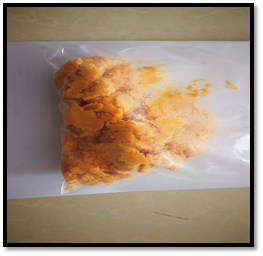
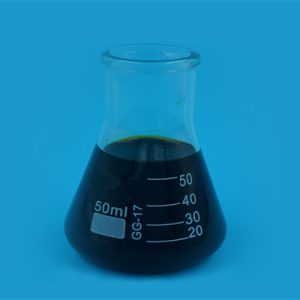
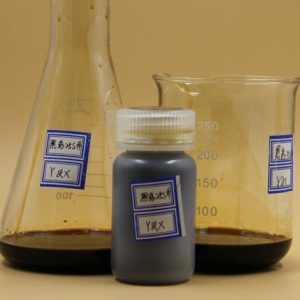
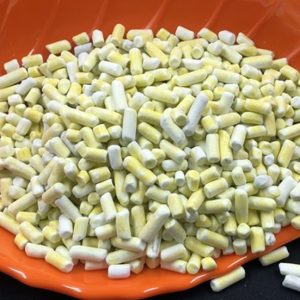
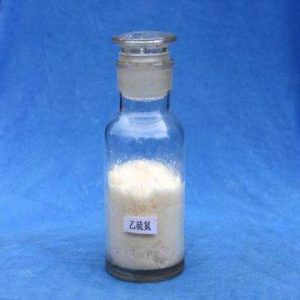

Reviews
There are no reviews yet.